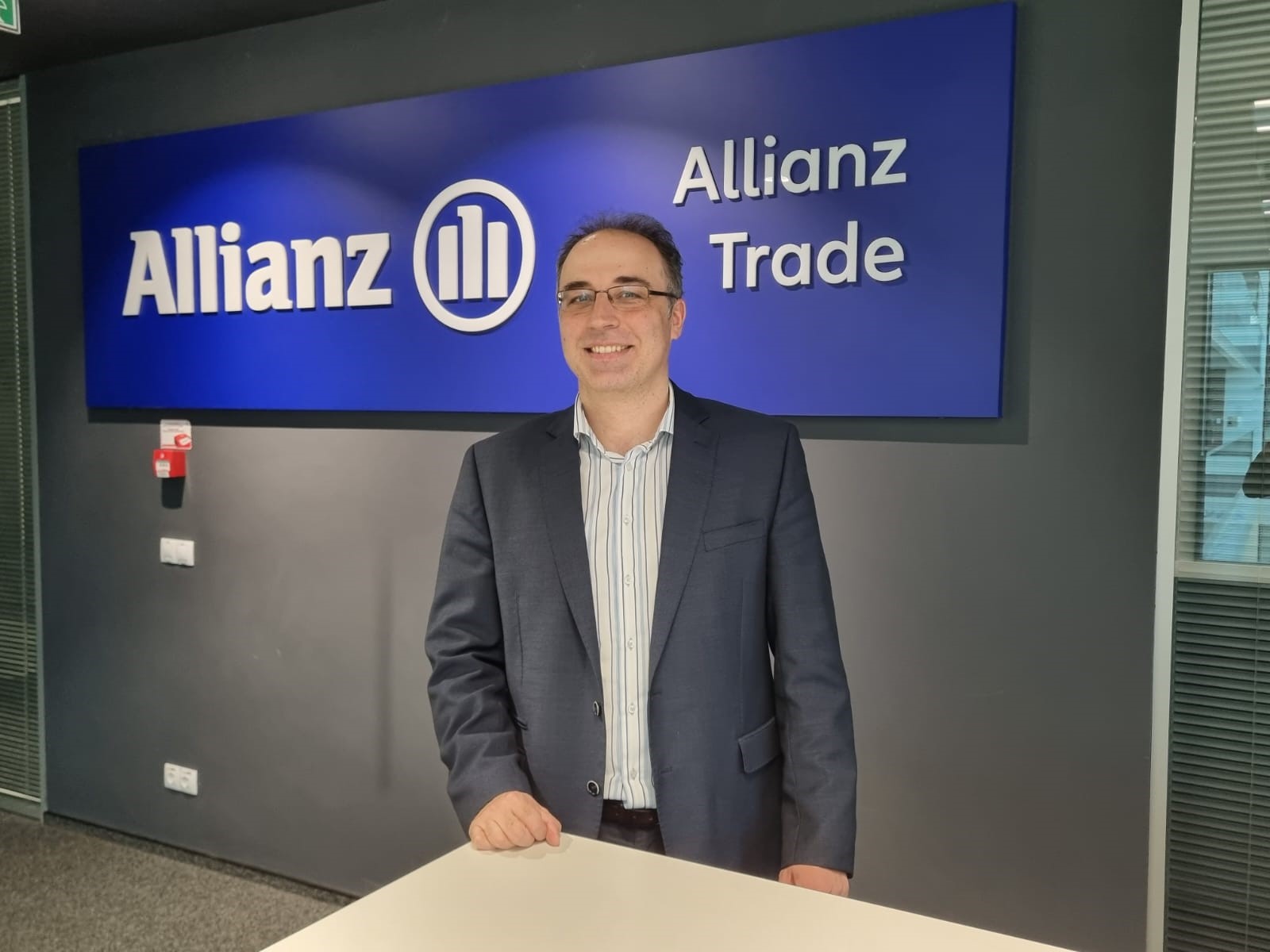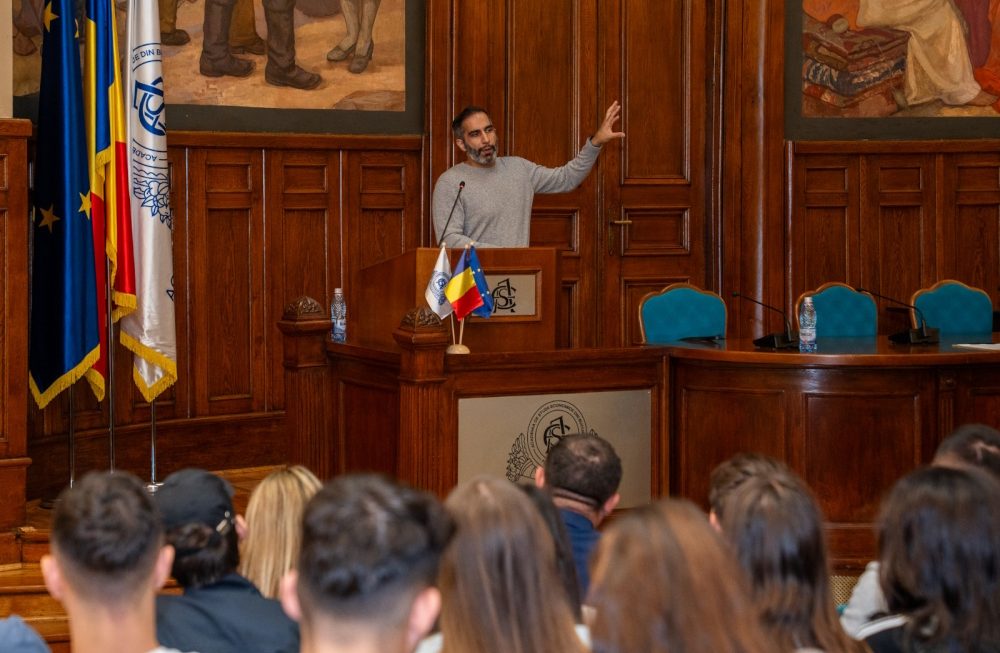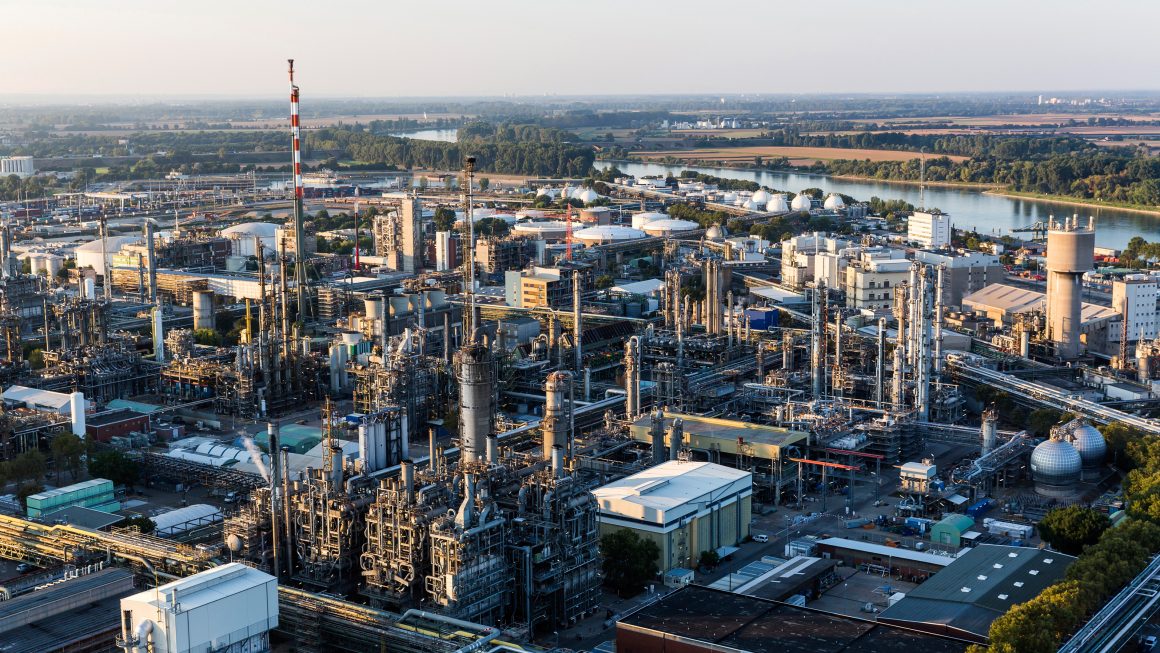
Global Transport Industry: Between Geopolitical Pressure and the Sustainability Race
Transport – essential for international trade, everyday mobility, and the functioning of modern economies – is undergoing a period of profound transformation. Under the impact of geopolitical tensions, increasingly strict environmental regulations, and technological disruption, the sector is being forced to reinvent itself. The latest Allianz Trade analysis classifies the global transport industry as having a moderately sensitive risk level, with high dynamism and contrasting trends across its various segments.
Maritime transport, responsible for over 85% of global trade volume, remains a central pillar of the world economy. However, rising geopolitical instability has significantly disrupted commercial flows. In 2025, traffic through the Suez Canal dropped by 76%, due to Red Sea tensions, while alternative routes such as the Cape of Good Hope saw a dramatic 268% increase. These shifts have resulted in higher operational costs for transport companies and added further strain on global supply chains.
Against this uncertain backdrop, rail transport is gaining ground, especially in Europe, where strategic projects such as TEN-T and Rail Baltica are receiving robust funding. China boasts the world’s largest high-speed rail network—over 40,000 kilometers—while the United States continues to lead in freight rail transport. In contrast, air and road transport are facing mounting pressures. Although air passenger traffic rose by 10.6% in 2024, growth is expected to slow in 2025 due to fuel price hikes, increasing airport charges, and aircraft delivery delays. Airlines are being forced to invest in cleaner technologies and navigate an increasingly competitive market with shrinking margins.
Road transport, while still dominant, is one of the most impacted by cost volatility and labor shortages. In Romania, for instance, integration into the Schengen Area and improved infrastructure are positive factors, yet they are counterbalanced by a fragmented market, limited pricing power, and a growing shortage of drivers. Companies in this segment are under pressure to constantly modernize their fleets amid unstable demand and slow cash collection. As such, transport is becoming a sensitive barometer of both economic risk and liquidity challenges.
As sustainability becomes a global imperative, the transport sector is under increasing pressure to accelerate the green transition. According to Allianz Trade, transport accounts for 24% of global CO₂ emissions, with road transport generating roughly three-quarters of that. Companies that quickly adopt eco-friendly solutions such as electric fleets or alternative fuels can gain a competitive edge. However, the costs are significant. In aviation, sustainable fuel is three times more expensive than conventional kerosene, and maritime fleet modernization requires annual investments of at least 23 billion USD.
Another major structural challenge is the acute labor shortage. A lack of drivers, ship crews, technical staff, and logistics operators is undermining performance and reliability across the industry. At the same time, technological transformation is accelerating, requiring new skills and greater adaptability. Automation, artificial intelligence, and logistics digitization are radically reshaping the labor profile, forcing companies to invest in retraining and strategic workforce planning.
Despite these challenges, the sector has several strategic advantages, including public investment in infrastructure, access to financing, and the ability of some sub-segments—like rail transport—to better meet environmental targets. The sector’s dynamics also vary across regions. In developed economies, the focus is on fleet electrification and sustainable technologies, while emerging markets prioritize building basic infrastructure and enhancing regional connectivity.
In Romania, the Allianz Trade report reflects international trends but also highlights specific regional characteristics. The country’s projected economic growth of just 0.5 to 0.6% in 2025 limits the potential for expansion. Road transport remains the main distribution method but is also the most exposed, while rail and air segments are seeking more stable ground in an uncertain climate.
According to Mihai Chipirliu, CFA and Risk Director at Allianz Trade, the transport sector remains one of the most dynamic areas of the economy, but also one of the most exposed to overlapping pressures—from modernization needs and rising costs to urgent liquidity demands. In the coming years, the survival and performance of transport companies will depend on their ability to anticipate risks, innovate, and build more resilient business models. In an industry at the crossroads of trade, environment, and technology, adaptability has become the most valuable currency.















